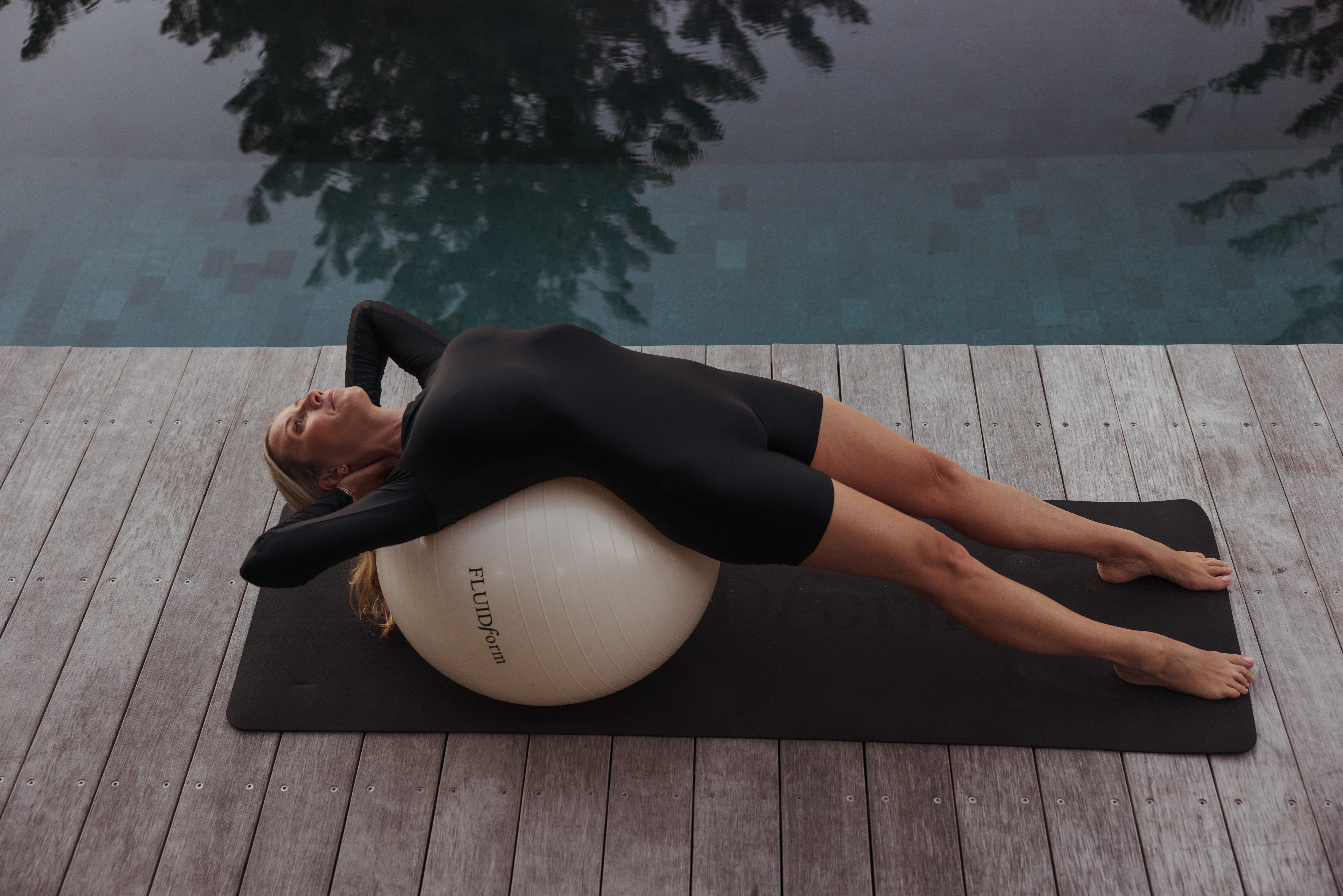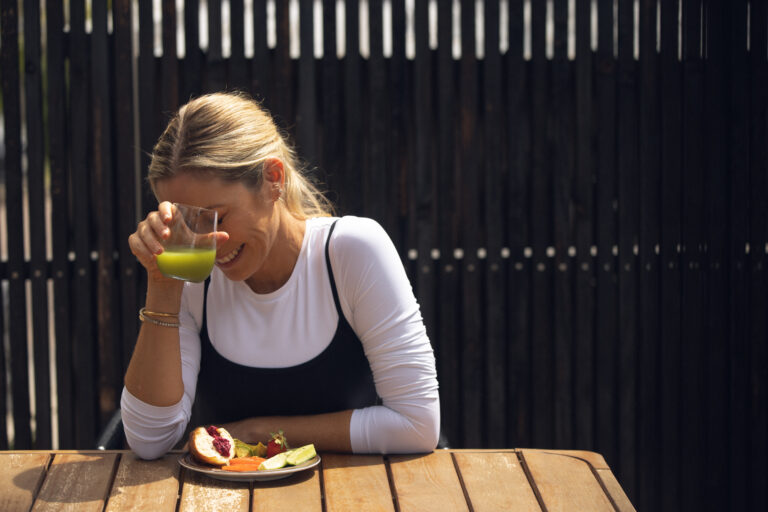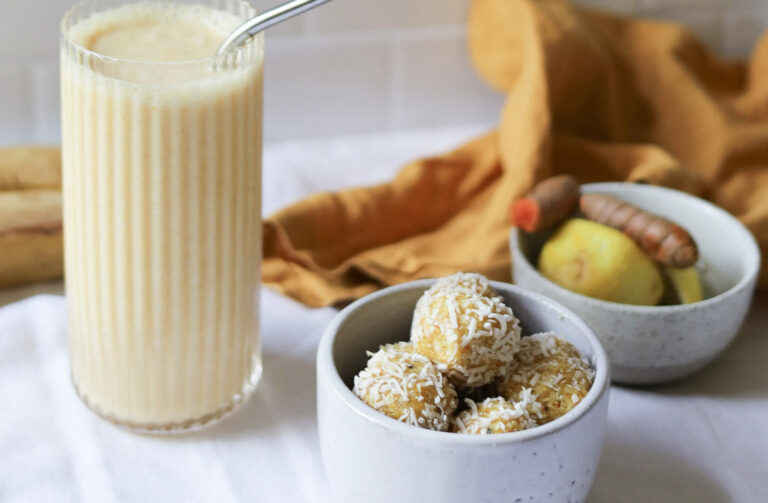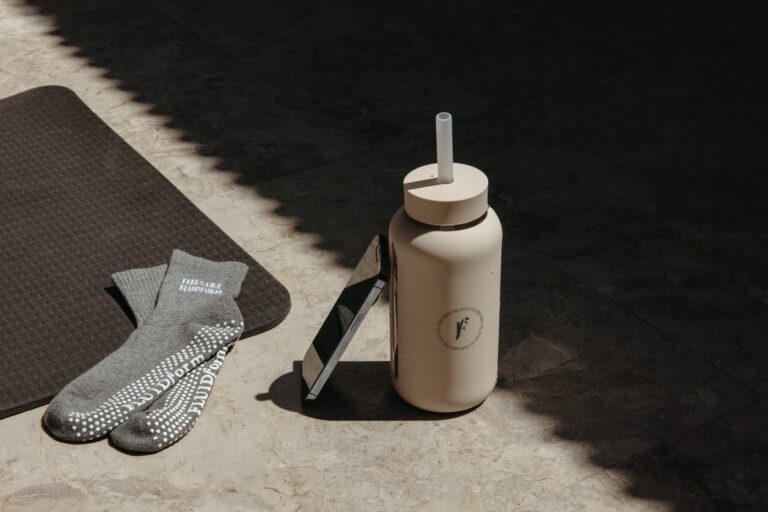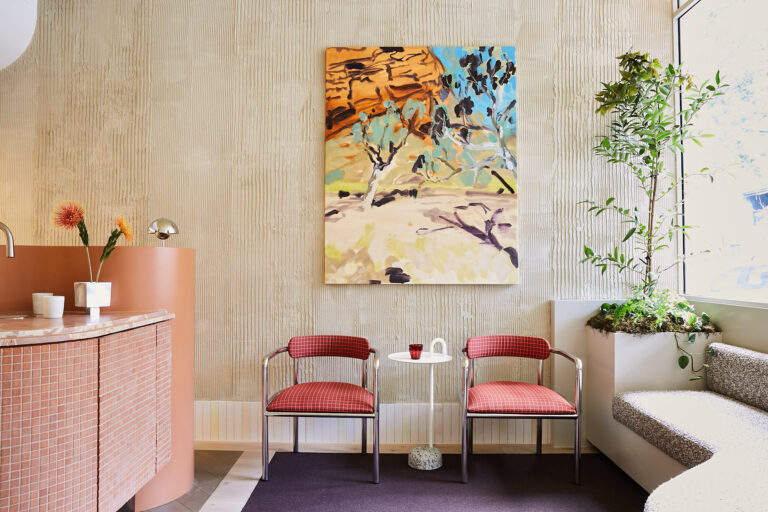Fluidform founder Kirsten King sat down with Fashion Quarterly to discuss the concept of “future-proofing” your body to achieve “optimal health”.
We all want to feel optimal health; to wake up each morning and feel comfortable in our skin with ideally full use of our joints, muscles, tendons etc. all free from pain. It’s been normalised to expect a level of pain or decline with age. What’s a realistic level of pain/discomfort and/or how can we reverse these ailments?
I think regardless of our age and gender, we are encultured to live with a level of discomfort. We have clients come into our studio or sign up to Fluidform at Home who have suffered for years with chronic pain and imbalances. As women, we often hide our pain and men are taught to “get on with it”. Since the beginning of Fluidform, I have endeavoured to normalise “optimal health”. No one should have to live with pain or discomfort. My experience in injury rehabilitation, prenatal and postpartum exercise, pre-hab and professional athletic training has shaped my ability to “read” bodies and identify acute physical imbalances and emotional barriers. I teach a highly personalised and prescribed method proven to rebalance the body to work at its optimum.
Fluidform has a unique focus on your slow twitch, stabilising muscles, that support your joints, stability, balance and posture to realign and strengthen the body. Working these muscles in slow, controlled movements effectively balances your body – creating long, lean and toned muscles without causing stress on the joints and body. This type of exercise minimises the risk of injuries, supporting not only your fitness but day-to-day life. You will experience less pain, improve your flexibility and start to move more efficiently.
Whether you’re an athlete, an expectant mother, or at a desk job, how can Fluidform Pilates benefit each person’s unique needs?
The Fluidform journey starts by identifying the individual’s imbalances and releasing any emotional barriers to movement. Movement is about feeling comfortable and safe. These emotions ensure the body is relaxed and ready to move. This is an approach I have taken from my studios and replicated online, offering a personalised program for all new members to get them started. It’s not uncommon for new members to experience an emotional release during their first few workouts. We ensure to match the level of care and detail you would expect from an in-studio class, at home. Whether you are a new mum returning to movement, strengthening your body for pregnancy, rehabilitating an injury or just new to Pilates – you can experience effective exercise tailored for your body, anywhere in the world.
What are some of the tell-tale signs that your body is craving more movement?
Your posture, balance and composition are often the first to indicate a lack of movement in the body. The tell-tale signs I will look for is a forward tilt in the pelvis, which indicates a lack of core connection and strength. A weak core generally impacts the posture – hunched over shoulders, tightness through the chest and a droopy head and neck. You’ll often feel off-balance, clinging to objects as you get up from the floor or chair and experience pain in your neck, shoulders and lower back due to poor posture and body awareness. This lack of awareness and core strength can impede on your confidence and composition, the way you hold and carry yourself as you move.
What are the common everyday complaints you see in the studio and on your online platform and what do you typically recommend?
We see a whole spectrum of pain and imbalances – it makes our work both interesting and challenging – identifying these pain points, finding the imbalances and programming movements to realign, rebalance and strengthen. Often these unique pains and niggles can be linked to past injuries or traumas, the ones we neglect as part of our encultured aversion to pain. However the most common ones start with our day-to-day actions. Office workers develop pain in their lower back, neck and shoulders due to incorrect office ergonomics. Pregnancy can bring its own unique set of discomforts and pain, as your body adjusts to grow and prepare for childbirth. Athletes or long-distance runners can experience pain in their feet, legs and hips as often you are overworking certain muscle groups without glute activation and core control. Fluidform and Pilates is a highly unique and prescription experience for everyone and while there is no “simple fix” – I always start with the basics,
- Connecting your breath to your movements to help with activation and engagement.
- Focusing on your set-up position – finding a neutral spine position, supporting your head and lower back.
- Forget what you think you know about Pilates and find trust in the process. Change doesn’t happen overnight, but with commitment and consistency, you do have the power to realign your body and rediscover yourself again. “Optimum health” is within your reach.
We’re increasingly time-poor. What level of improvements will people feel if they commit to 10 mins per day versus 20 mins versus 40 mins etc.
Consistency really is the key to results. There is a constant flow of health and wellness trends promoting a quick fix to looking and feeling good, but there is no quick fix to strengthening your muscles for a toned, lean body. When we consistently work our muscles through controlled, targeted movements, our muscles fatigue and gradually strengthen to achieve a more defined body. The first step is commitment, and the key is consistency. We practise and preach 20 minutes a day in order to fire and fatigue the muscles to gradually build strength, tone and confidence. However, any movement is better than none. It starts with creating a habit, which becomes a lifestyle. I often will say to anyone struggling with time or commitment – it’s about forming a lifetime relationship with movement.
What are some of the misconceptions about Pilates?
As a result of social media there is a stigma around who Pilates is cut out for. Pilates can often be dubbed as exercise for females or there is a level of intimidation around Pilates. We have members join up to Fluidform at Home who will email us after their first few weeks and say, “I didn’t think I was fit enough to do Pilates, until I found Fluidform” or “I was always intimidated to go to a studio, but now I’ve built the strength and found the confidence I needed with Fluidform at Home.” Pilates is for everyone. It originated during the war as a rehabilitation method for injured soldiers. It’s now used worldwide amongst professional athletes, sporting teams and prominent within the exercise routines of pregnant and postnatal mothers. Pilates is a multi-functional superpower for bodies of all shapes, sizes, age and gender.
There is a misconception that Pilates is “easy”. For anyone who hasn’t done Pilates before, they will often group it with stretching or yoga. Pilates has the ability to challenge the most advanced, athletic bodies. It works all our tiny muscles through isometric and isotonic holds, layering techniques and high repetition sequences to quickly engage and fatigue the muscles. We progress this with small equipment and resistance training to strengthen, lengthen and tone. The stronger you become, the harder your muscles will work.
You’ve been known to have an intuition when it comes to reading people’s bodies. Can you please expand on what this means and how it informs your programs both in-studio and online?
Over my career I have had the privilege of teaching bodies from all around the world. This level of experience coupled with my deep fascination for the human body and desire to help others has equipped me with this ability to “read” bodies and identify what’s required to help them. This comes from a place of pure compassion – it’s both magical and rewarding, yet continues to challenge and inspire me. I’ve always been a very active person – my love of running introduced me to Pilates after a knee injury. My husband was a professional NRL player and I am a mother of three girls. Having lived through this experience of injury rehab and prehab in the sporting world, childbirth and now introducing my girls to the power of movement, body awareness and strength – my personal experiences and learnings continue to provide me with knowledge and expertise. My clients around the world will quite often refer to me as “the body whisperer”!
Providing this level of detail and consideration on Fluidform at Home has been a core brand principle since I launched the program in 2018. Before we launched I started by setting up a camera in the studio teaching clients without watching or correcting them. I would watch back on these videos and observe their form, set up position and movements. I needed to ensure my cues and instructions were clear and specific without my physical touch. I want you to feel like I am in the room with you, correcting your imbalances, adjusting your form and pushing you to stay motivated with me. This took months of development before I finally reached a stage where I said, “okay, this works! And has the potential to transform lives”.
Beyond our technical milestones (launching a custom app, introducing personalised programs, providing a free equipment pack), we provide an intimate and accessible approach to our communications. Our customer service team is made up of Fluidform instructors, providing in-depth knowledge to our clients around the world and I work closely with the team to provide feedback, new learnings and guidance. Every touchpoint of what we do remains authentic to our brand vision – helping people to rediscover the best versions of themselves and build a lifetime relationship with movement.
